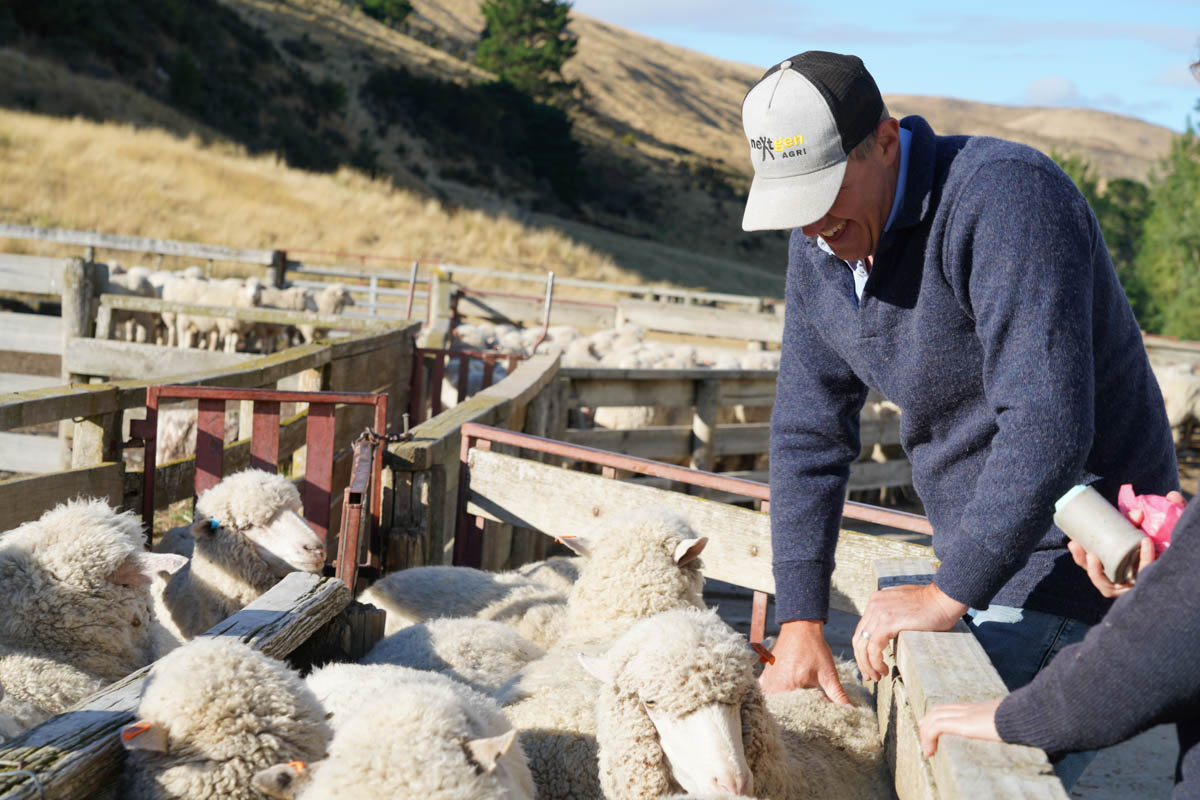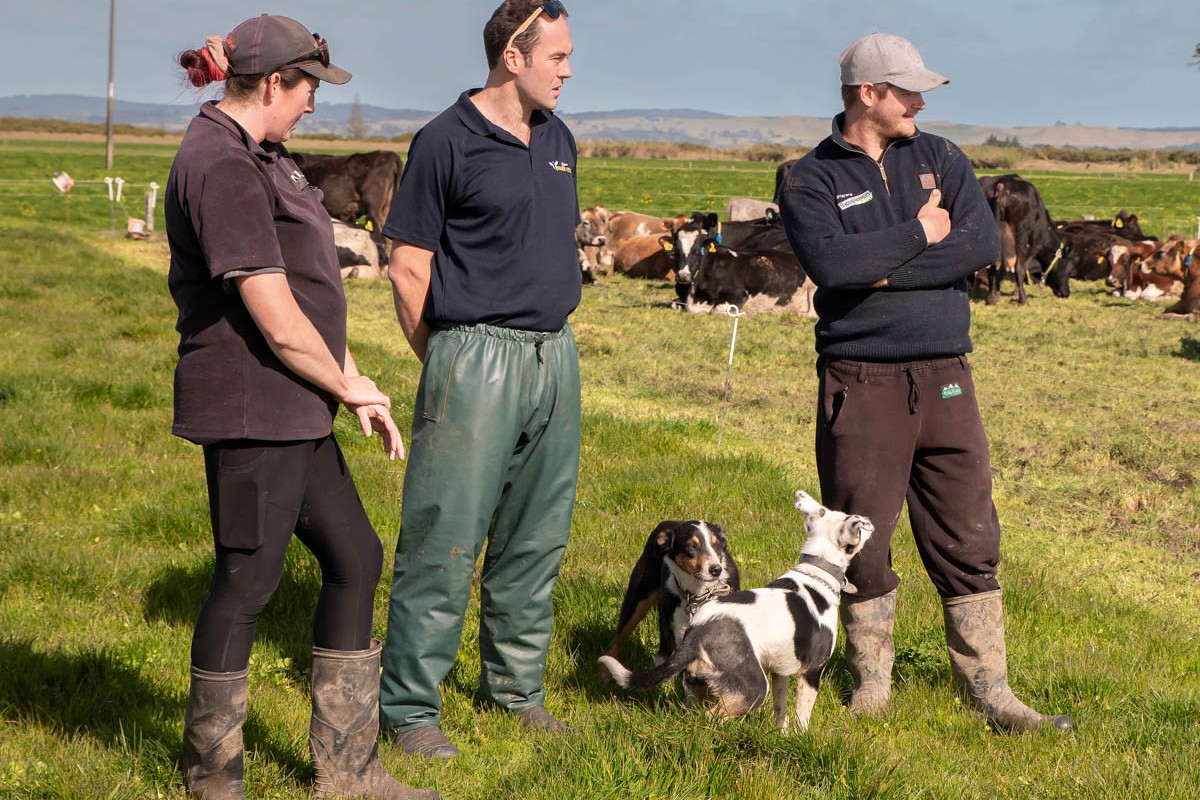Stock need pasture choice
Recent pasture growth rates have been huge, but Trevor Cook writes there’s frustration with low liveweight gains.

The North Island summer will be remembered for many reasons. For north and east that memory will largely not be good. The tragic stories of human loss are hard to listen to. Dog-team losses are almost heart-stopping, as are the stock losses.
The ongoing loss of production matched by the massive costs needing to be incurred are yet to hit the headlines. Dairy farmers are being supported by a guaranteed income while they are out of production. Sheep and beef farmers are unlikely to get anywhere near that. But there will have to be some support, otherwise there will be more human tragedy.
The impact on exports will eventually filter through to impact on everybody, even though few will make the association.
Outside those areas that suffered from massive rainfalls, as well as in those areas, pasture growth rates have been huge. Clover levels never seen before on hill country are being reported.
Huge pasture covers, lots of poor-quality pasture and mixed production outcomes are everywhere. Of all the stock classes in the mix, beef cows have been in paradise. Lots of pasture of variable quality is all they need to gain condition. Ewes in disappointing condition despite the feed, poor lamb growth rates, low carcase yields and below-par dairy heifer growth are very common stories. Lots of pasture cover does not necessarily mean good feeding.
A sign of the unusual pasture growth equation is nitrate poisoning in lambs and calves. Any high-quality pasture stimulated to grow fast with the rain and heat will accumulate high levels of nitrate. Especially on cloudy days. The trigger in all the cases I’ve seen is that the stock were held off feed for long enough to be hungry when returned to feed. A higher intake than normal is usually behind all nitrate losses.
Low liveweight gains
In most cases the frustration has been in low liveweight gains. Sheep and young cattle require reasonable quality pasture to grow fast. Adult sheep will hold condition on poorer feed but need quality to gain condition. Lambs and young cattle need quality.
The nature of pasture on so many farms is not great and unless stock are given lots of choice of what they can eat, their diets are likely to be average at best. In the young sheep category I include rising two-tooth ewes. If they have come out of a difficult spring with lambs on them, they need quality pasture to get to where they need to be, which is a minimum of 90% of mature ewe weight at mating.
Longish pasture with plenty of stem in the mix is not quality. The challenge is even greater for their year-younger sisters; they require even higher quality. Some farmers are saying their summer crops have not been necessary because there is so much pasture. But those are likely to be much higher quality than much of the pasture which otherwise would be being consumed.
These pasture growth conditions bring more than quality issues. The multitude of pasture fungal toxins that impact growth and ovulation like these conditions as well. Or maybe just like the pasture better when it is in this condition.
When we give grazing animals choice, they not only select the best quality pasture out of the mix but they will try to avoid the toxin-laden bits as well.
Our parasitic worms love these weather conditions. The free-living stage thrives on moisture and heat. High rates of egg hatch and larval development lead to high levels of pasture contamination. This is compounded by the high pasture covers, which extends the life of the larvae. They do not like exposure to light and so enjoy lurking at the bottom of these pastures.
The irony is that we advise to let lambs leave high pasture covers on the basis that they do not eat down to where the high concentration of larvae are. But leaving high residuals extends the life of those larvae. Following with stock to clean up is ideal, but in doing that they will not grow.
A contribution to lower than expected lamb and calf growth rates is high levels of worm larvae intake. Initially these just lower the appetite before they develop into gut-damaging adults. If ever there was a need for the strict 28-day drenching programme, it is this summer, unless that contamination/exposure cycle has been broken.
Poor winter pasture growth rates often seem to follow very growthy summers and autumns. Part of this though will be poor-quality pasture taken into the winter, which grows slower. Are soil nitrogen levels lower than normal? The high clover levels being reported should be boosting the nitrogen reserves. The reality for many farms is that there will need to be a sacrificial stock class to clean up pastures. Ideally this needs to happen before the winter, but at the very latest before the spring.
- Trevor Cook is a production animal consultant/veterinarian in Feilding.




